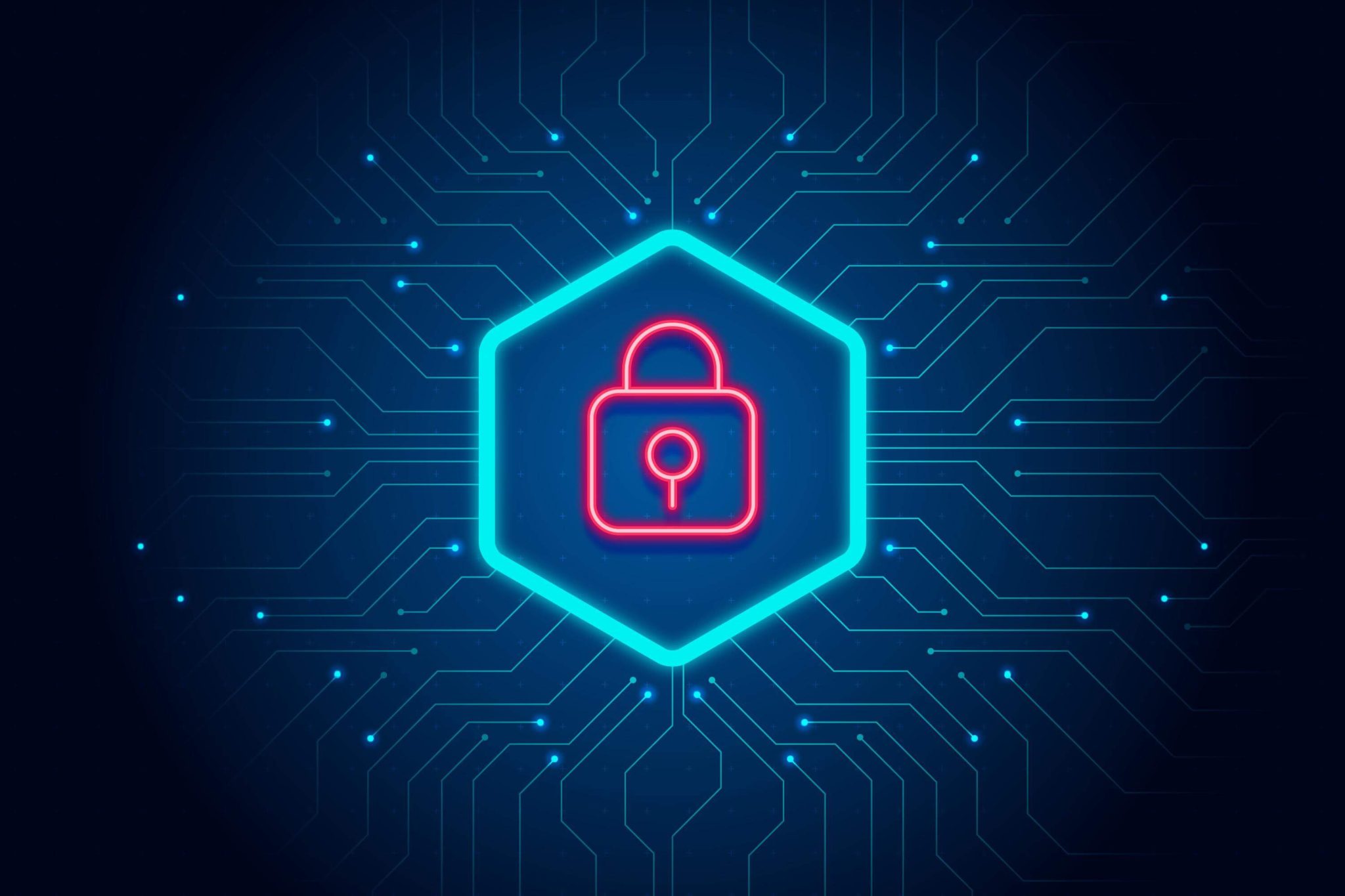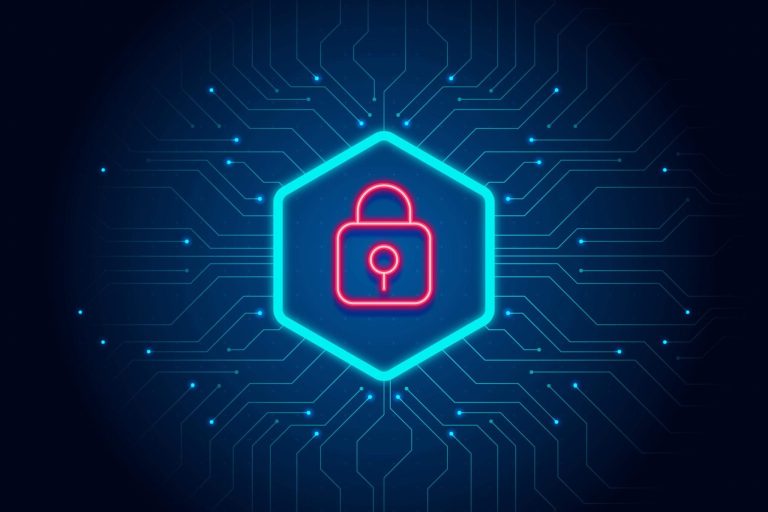For successful e-commerce businesses, every minute of uptime matters. Even small amounts of downtime can result in lost revenue, damaged credibility and frustrated customers. That’s why smart e-commerce site owners make uptime monitoring a top priority.
In this post, we’ll explore how leading e-commerce sites leverage uptime monitoring to protect their bottom line and customer experience. We’ll look at:
- The high costs of downtime
- Key benefits of uptime monitoring
- Must-have features for e-commerce sites
- Steps to implement monitoring
- Real-world examples of monitoring success
From large online retailers to small shops, uptime monitoring is an essential ingredient for e-commerce success. Let’s dive in.
The High Costs of Downtime
Before looking at how uptime monitoring helps, it’s important to understand what’s at stake when sites go down. The hard truth is that downtime cripples revenue and damages brand reputation.
According to recent research by Aberdeen Group, the average cost of downtime for e-commerce sites is $300,000 per hour.
- 67% of consumers will abandon an online purchase if a site is unavailable.
- 40% of people will stop visiting a site completely after just one negative experience.
With online shopping only becoming more popular, site owners simply can’t afford any amount of downtime. Their livelihood depends on near-100% uptime.
This level of uptime takes dedicated monitoring. Thankfully, modern tools make 24/7 monitoring easy and affordable. Let’s look at the key benefits for e-commerce sites.
Benefits of Uptime Monitoring
Uptime monitoring provides e-commerce sites with real-time insight into the availability and performance of their sites and web apps. Leading solutions like Network Notification enable site owners to:
Detect Outages Instantly
Using advanced uptime monitoring, sites can get notified within minutes (or even seconds) when an outage occurs. This enables IT teams to investigate and restore service ASAP.
Uncover Performance Problems
Monitoring tools track, servers, ports, pings, websites, apps, DSN record changes and server usage. Any downtime or changes can be caught and corrected before customers notice.
Gain Insights from Anywhere
Modern monitoring platforms provide access to uptime data via desktop and mobile apps. Site owners can stay informed no matter where they are.
Monitor 24/7
With Network Notification your website is monitoring 24/7 around the clock, giving you a peace of mind. This provides a true end-user experience.
Automate Alerts and Notifications
Alerts can be triggered immediately via email, SMS, Slack and other channels. This keeps IT and business teams in the know.
Easily Track Trends and Statistics
Robust reporting provides historical uptime data going back months or years. Trends can be analyzed to guide performance improvements.
These capabilities allow e-commerce sites to transform from reactive to proactive – catching problems before customers ever notice them.
Next, let’s look at must-have features for effective e-commerce monitoring.
Steps to Implement Uptime Monitoring
With the right solution, e-commerce sites can be monitoring uptime in no time:
1. Sign Up for a Monitoring Service
Choose a reliable provider that offers platform-agnostic monitoring tailored to e-commerce. Top solutions like Network Notification make it easy to get started with a 3 day free trial period. It takes less than 30 seconds to begin monitoring your site.
2. Configure Checks and Alerts
Specify the web pages, transactions and applications you want to monitor. Set up alerts to be notified immediately when issues arise.
3. Monitor your Dashboards
Review real-time dashboards that provide availability metrics, response times, uptime reports and more. Drill into trends.
4. Expand Monitoring as Needed
Easily add more checks, integrations and features as your needs change. The right platform scales as you grow.
Following these steps, you can rapidly get modern monitoring in place for your sites and applications. Next let’s look at real examples of monitoring success.
Real-World Examples of E-Commerce Monitoring
To see how uptime monitoring helps e-commerce businesses in the real world, here are a few examples:
To see how uptime monitoring helps e-commerce businesses in the real world, here are a few examples:
Example 1: Fashion Retailer
ASOS, a leading online fashion retailer, was experiencing intermittent slowdowns that impacted sales during peak traffic periods. By implementing performance monitoring, they pinpointed that product APIs were lagging. By optimizing their API infrastructure, they improved site speed by 20% and increased sales.
Example 2: Home Goods Site
Wayfair, a fast-growing home goods e-commerce site, relied heavily on web apps for ordering and fulfillment. Transaction monitoring revealed buggy JavaScript errors in their checkout app that caused cart abandonment. Monitoring allowed IT to address the checkout performance issues and reduce cart abandonment by 30%.
Example 3: B2B Distributor
Motion Industries, a B2B machinery parts distributor, was losing clients due to frequent site outages. After implementing uptime monitoring, they were alerted to caching configuration issues that caused loss of availability. Resolving these caching problems helped increase uptime to over 99.99% and retained several key customers.
Example 4: Specialty Retailer
Backcountry, a specialty retailer selling high-end outdoor gear, wanted to verify customers across Europe were getting a consistent brand experience. Using global page speed monitoring and real browser testing, they identified several opportunities to optimize image compression and improve European site speed by over 50%.
As you can see, monitoring provides the visibility e-commerce sites need to protect revenue, customer experience and brand reputation.
Start Monitoring for E-Commerce Success
For modern e-commerce businesses, uptime is everything. Even minor amounts of downtime and lag can devastate sales, turn away customers and erode brand trust.
That’s why smart e-commerce site owners make comprehensive uptime monitoring a top priority. As we’ve explored, an affordable monitoring solution like Network Notification provides the capabilities that sites need:
- Instant outage notifications
- Vital performance metrics
- Uptime reports and trends
- Easy configuration of checks
- Monitoring from global regions
- Real browser testing
By leveraging these robust monitoring features, leading e-commerce sites safeguard customer experience, maximize sales and reinforce credibility at all times.
The bottom line is that for ambitious online businesses, proactive monitoring is a must-have.
To learn more and get started with a 3 day free trial of Network Notification’s platform. See how modern monitoring can help your e-commerce site reach the next level of success by optimizing uptime, speed and reliability around the clock.



